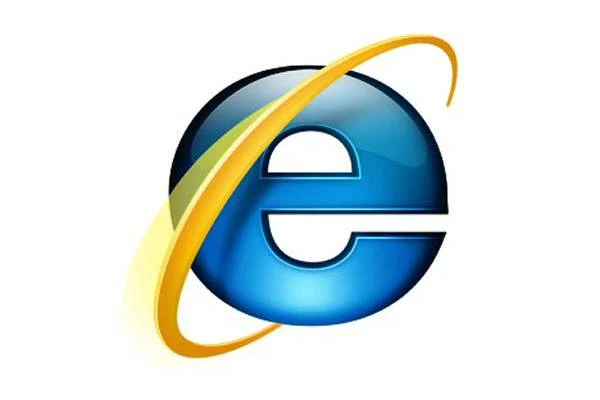The researcher from Johns Hopkins have been able to successfully fit Colorado resident Les Baugh with two cutting edge bionic limbs, which are directly under the control of his brains. This addition makes Les Baugh as the latest face of bionic technology. This is being considered as an extreme evolution of modern prosthetics, apart from becoming a technology, which has captured the imaginations of millions by being cool and being equivalent mix of biology and technology. The images released by John Hopkins clearly depict a man fitted with Modular Prosthetic Limbs and overall concept of bionics, which has the ability to challenge the very concept of humanity.
How it was conceptualized?
Irrespective of whether a person wants to move his arm made out of carbon fiber, or stem cells, everything starts at the same initial point. The first stage is force of the neural activity linked with a particular action, and once this pattern of action is recognized by a tiered network of either electrodes or neurons and sent out to the desired destination. In most of the cases of amputee, electrodes are required, but in the case of Lee, he still had some of the living tissues near and over his shoulders.
The researchers used a technique called the targeted reinnervation, in which they let the brain of Lee to perform the recognition and propagation of signal by itself, then gathering the muscle orders in the shoulder. Here the researchers have transmitted the nerves onto an unused remainder of arm muscle. The main difference between this process and use of cranial electrodes is that Lee’s digital hop is only shoulder-to-arm, but in other cases, it is brain-to-arm. In his case, it is easy to read the motor signals once they have left his brain. Irrespective of whether the motor signals have been received in digital or chemical form, the purpose motivates either motor proteins in muscles or electric motors in bionic limbs, and therefore movement is accomplished.
If the real arm of a person is numbed out, it is very difficult to differentiate between biological and bionic movements. The John Hopkins team has successfully illustrated that their MPLs are highly advanced apart from allowing the users to control both the arms and that too at the same time. Although the researcher always knew that this technology can be duplicated, but they were not sure if people would be able to accept the changes quickly.
At present, Lee still has to select each specific joint that he wants to use, one by one. If he wants to grab any object, he first needs to move his shoulder towards that direction, then move his elbow, then wrist and last the fingers. For a person to be able to have a fully functional limb, they will first have to control many muscles at the same time and that too independently. The researchers have stated that they still have lot of work to do to further improve the MPL.








